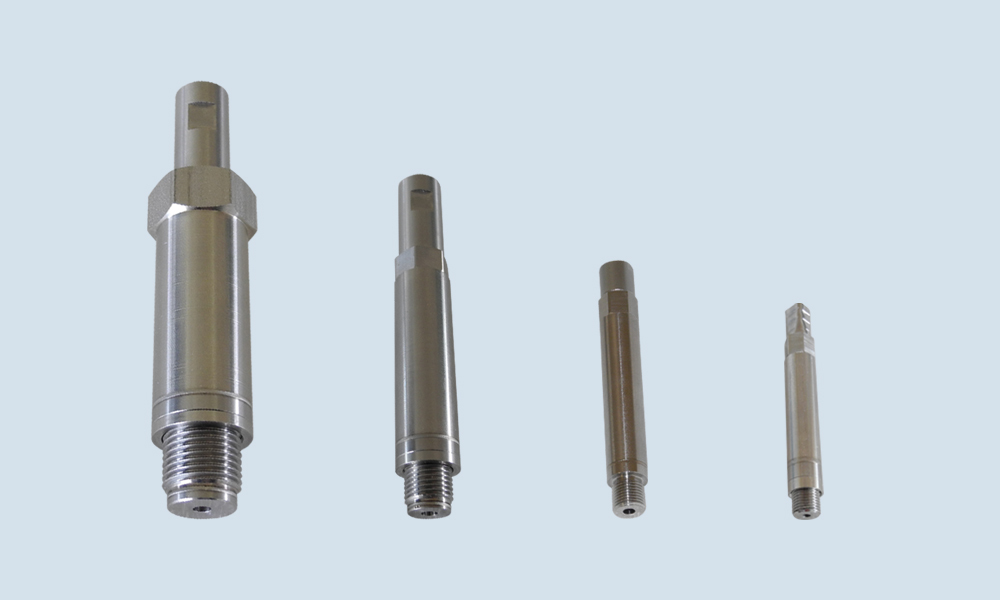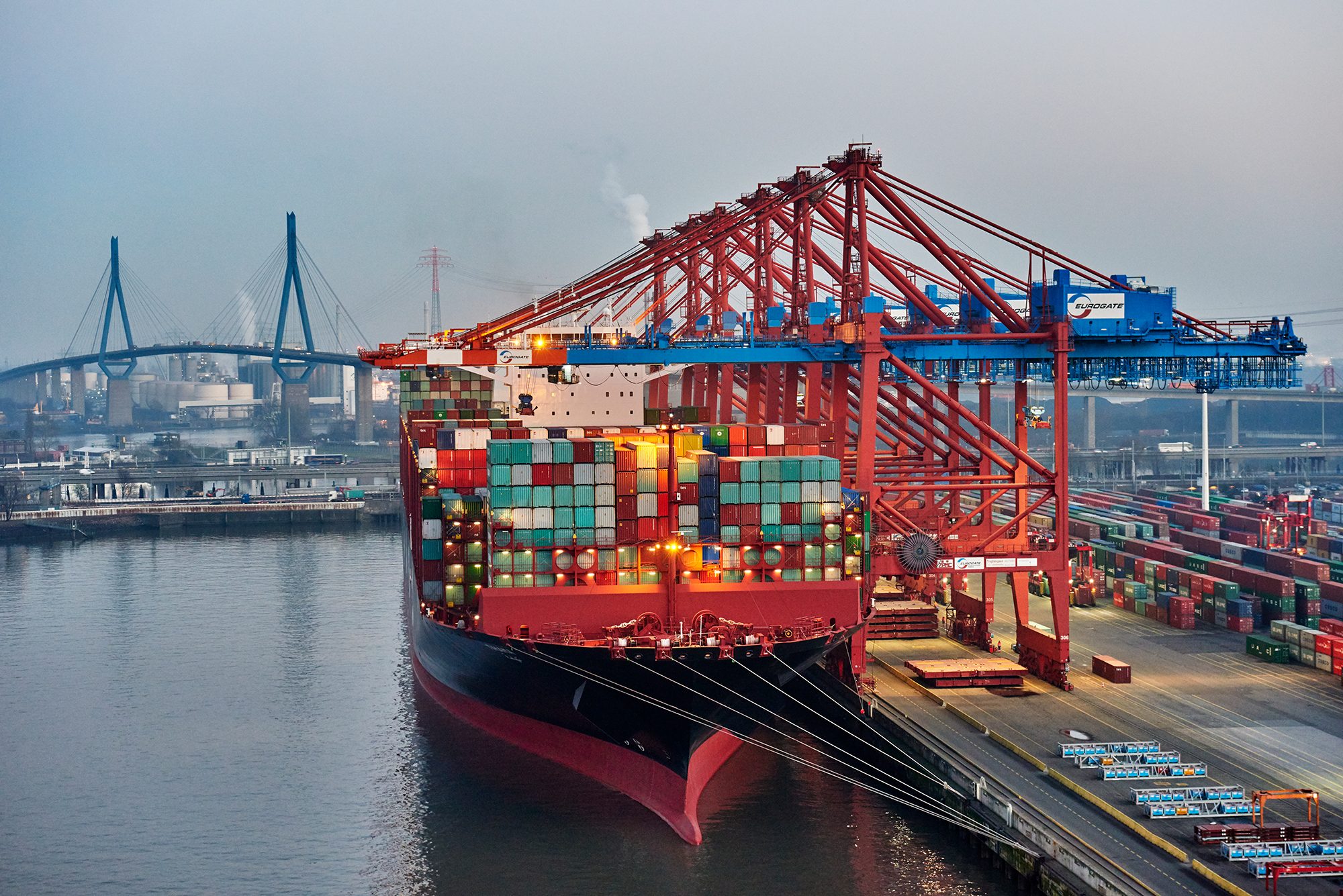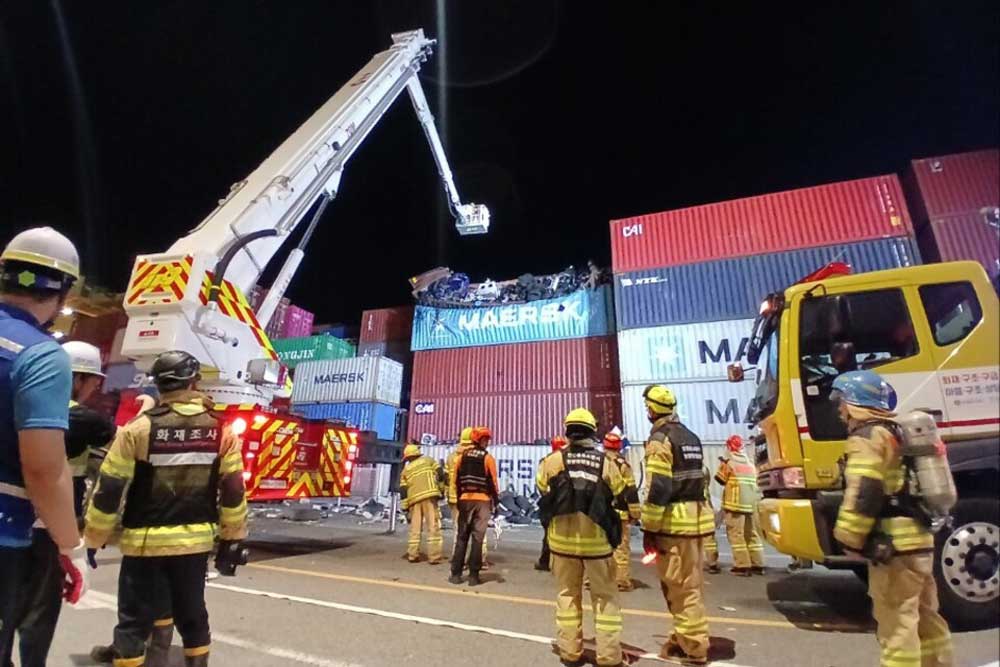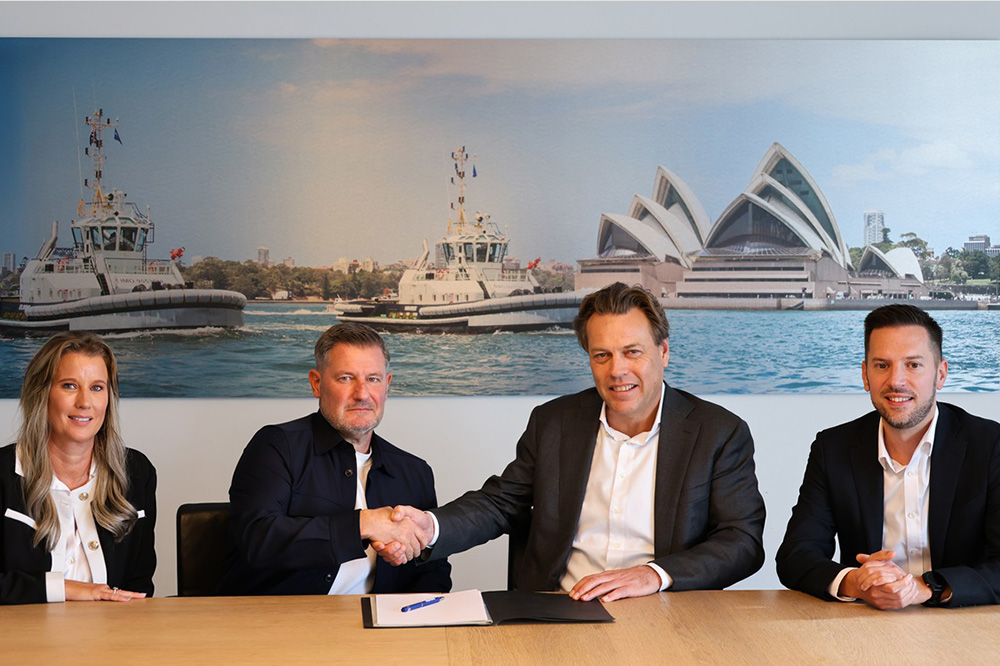A terminal for handling and installing offshore wind turbines is being built in Świnoujście, Poland. The port authority has announced that the final construction phase has begun.
The work is progressing according to the schedule and contractual provisions. The future leaseholder and general contractor of the terminal is the Polish energy group Orlen Neptun 2.
As part of the project “Construction of the offshore port in Świnoujście for offshore wind energy”, the following infrastructure will be built:
- a 249.2 m long quay with a lifting capacity of 50 KN/m2 and a technical depth of 12.5 m for the handling of wind tower components
- 245.8 m long quay with a lifting capacity of 50 KN/m2 and a technical depth of 12.5 m for the pre-assembly of wind tower components
- ten quays with a lifting capacity of 500 KN/m2 intended for the pre-assembly of wind tower components
- a 1,070 m long port channel with a turntable and a port basin deepened to 12.5 m
- a new access channel with a depth of 12.5 m and a width of 140 m will lead to the quays.
Quays go into operation in Świnoujście in December
The construction of the new port infrastructure will enable the safe entry and berthing of jack-up vessels with a length of 182 m (Loa), a width of 60 m (Beam) and a maximum draught of 11.0 m, as well as other seagoing vessels.
The construction works will also ensure efficient handling of oversized cargo, integrating the port of Świnoujście into the supply chain related to the development of offshore wind energy, according to reports.
The construction work on the two quays and the dredging work in the port basin will be completed in December 2024 with the granting of the utilisation permit. The commissioning of the two quays together with the pre-assembly areas is planned for 20 December 2024, nine days ahead of the agreed deadline. Dredging to a technical depth of 12.5 m in all access basins is planned for 1 September 2024. According to the port authority, this is ten months earlier than agreed with the general contractor.
The construction costs total €77.5m. Of this, €65.9m will be financed from the EU’s “Connecting Europe 2021-2027” funding pot.

















